no photo available
- Type:
- artificial reef, barge
- Specs:
- ( 43 ft )
- Sunk:
- Sunday Sept 5, 2010 - Barnegat Light Artificial Reef
- GPS:
- 39°45.050' -74°01.400'
More: Gary Smith ...
The pink and white areas are shipping lanes. 'Natural' shipwrecks are depicted with a wreck symbol.
More: Artificial Reefs ...
no photo available
More: Gary Smith ...
Another mystery
More: Georgia ...
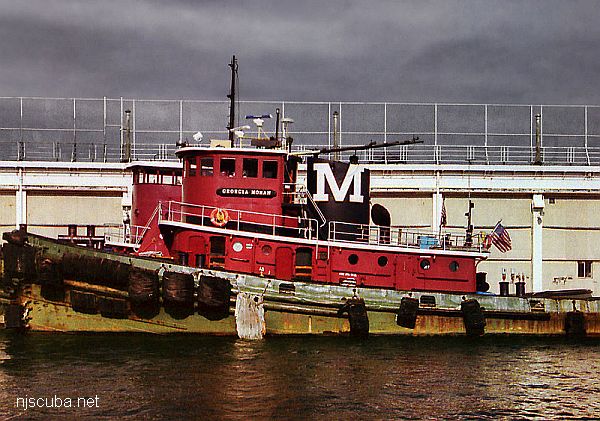
More: Georgia Moran ...
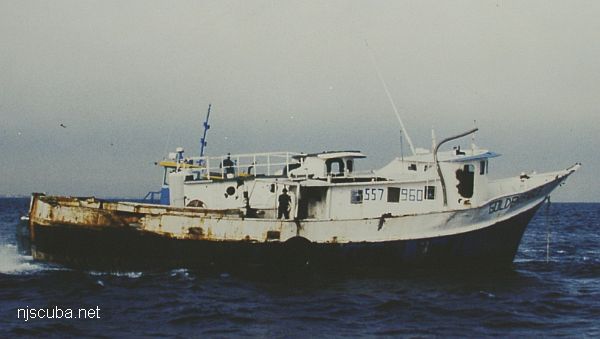
More: Golden Eagle ...
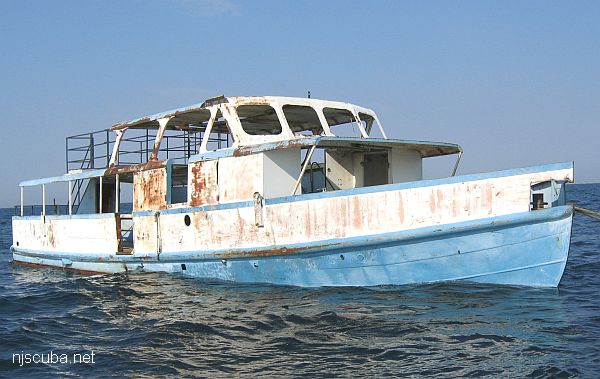
More: Good Ship Lollipop ...
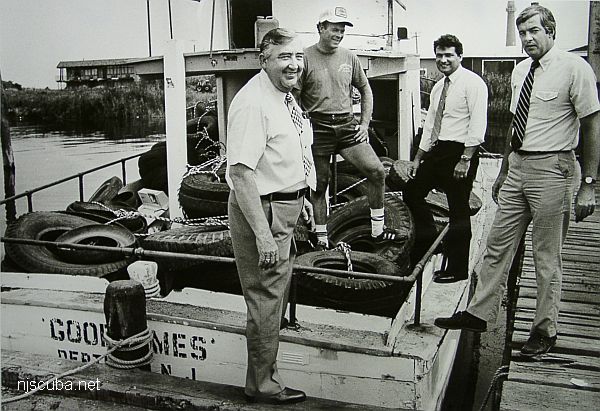
More: Good Times ...
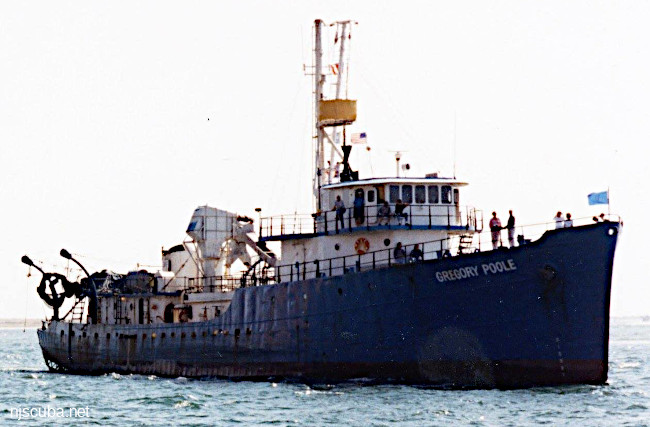
More: Gregory Poole AM-215 ...

More: Ha Long Bay ...
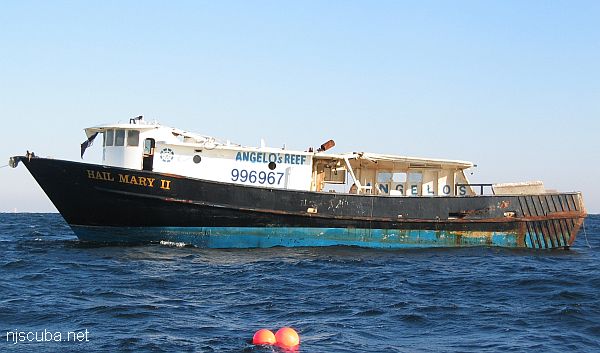
More: Hail Mary II ...

More: Harbor Charlie RTC-1 ...